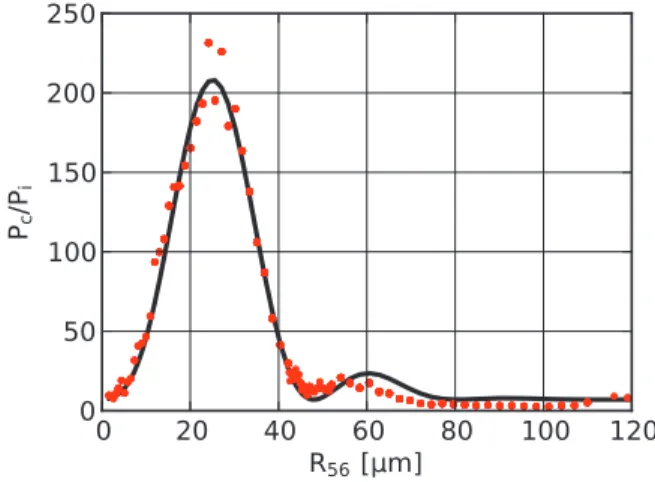INVESTIGATION OF THE MAGNETIC CHICANE
OF THE SHORT-PULSE FACILITY AT THE DELTA STORAGE RING ∗
R. Molo † , J. Grewe, M. H¨oner, H. Huck, M. Huck, S. Khan, A. Schick, P. Ungelenk, Center for Synchrotron Radiation (DELTA), TU Dortmund University, Dortmund, Germany
Abstract
The new short-pulse facility at the 1.5-GeV synchrotron light source DELTA based on coherent harmonic gener- ation (CHG) utilizes an electromagnetic undulator which can be configured as an optical klystron (undulator - chi- cane - undulator). To optimize the CHG signal, the en- ergy modulation of the electrons in the first undulator and the longitudinal dispersion of the magnetic chicane (i.e. the R 56 matrix element) have to be optimized. Since the R 56 value of the hitherto existing chicane was not sufficient, a more efficient dispersive section was created by rewiring the respective magnetic coils. Simulations of the previous and present chicane will be compared to measurements of the R 56 matrix element, which show that the new arrange- ment increases the R 56 value by a factor of ten.
INTRODUCTION
DELTA is a 1.5-GeV synchrotron light source operated by the TU Dortmund University. The new source for ultra- short VUV pulses [1] is based on coherent harmonic gen- eration (CHG) [2] utilizing an electromagnetic undulator (U250) which can be configured as an optical klystron, i.e.
two undulators separated by a magnetic chicane. The chi- cane converts the laser-induced energy modulation created in the first undulator (modulator) into a density modulation (microbunching). In the second undulator (radiator), the microbunches radiate coherently at the seeding wavelength λ l and harmonics thereof.
The ratio of the coherent power P c and the incoherent power P i radiated by the whole bunch is given by [3]
P c
P i ≈ g(N, τ b , τ l ) · b n (λ l ) 2 , (1) where N is the number of electrons in the bunch, τ b is the bunch length (FWHM), τ l is the laser pulse length (FWHM) and b n (λ l ) is the so-called bunching factor for a given harmonic n of the initial laser wavelength λ l . A reasonable estimate for the function g is
g(N, τ b , τ l ) ≈ N τ l
τ b 2
(2) and the bunching factor reads (one-dimentional model) [3]
b n (λ l ) = J n (n R 56 k A) · exp
− 1
2 (n R 56 k σ rel ) 2
, (3)
∗
Work supported by DFG, BMBF, and the Federal State NRW.
†

